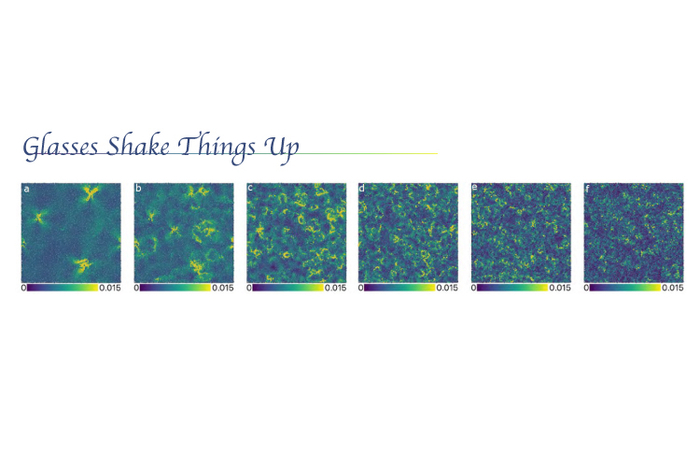DEVELOPER TOOLS
Japanese researchers discover a common vibrational mechanism in amorphous solids including glasses
Scientists from the Institute of Industrial Science at The University of Tokyo have used molecular dynamics simulations to better understand the unusual properties of amorphous solids, such as glass. They found that certain dynamical defects help explain the allowed vibrational modes inside the material. This work may lead to controlling the properties of amorphous materials. 
Sometimes the expensive glass is advertised as “crystal”, but to material scientists, this could not be further from the truth. Crystals are formed by atoms arranged in orderly, repeating patterns, while glass is a disordered, amorphous solid. Scientists know that, at low temperatures, many disordered materials have properties that are very similar to each other, including specific heat and thermal conductivity. Additionally, these properties differ significantly from those of materials made from ordered crystals. Furthermore, at a certain frequency range, glassy materials have a larger number of available vibration modes than crystals, known in the field as the “boson peak”. While various theories have been proposed, the underlying physical mechanisms for these observations have remained a question of active research.
Now, scientists from The University of Tokyo have used sophisticated molecular dynamics supercomputer simulations to numerically calculate the transverse and longitudinal dynamic structure factors of model glasses over a wide range of frequencies. They found that string-like vibrational motions, in which curved lines of particles packed into a “C” shape inside the material can move together, were found to be important drivers of the anomalous effects. “These dynamical defects provide a common explanation for the origin of the most fundamental dynamic modes of glassy systems,” first author Yuan-Chao Hu says. In addition to the boson peak, these string-like dynamic defects may commit the types of fast and slow relaxation observed in the particles making up the glass.
This research has many important implications for both basic science and industrial applications because the boson peak is found in many systems, not just glasses. “We show that the boson peak originates from quasi-localized vibrations of string-like dynamical defects,” senior author Hajime Tanaka says. Being about to explain this feature will shed light on many other types of disordered materials. It will also benefit the many users of smart devices because almost all smartphones, tablets, and touchscreen laptops rely on glass materials that the findings of this study may improve.
